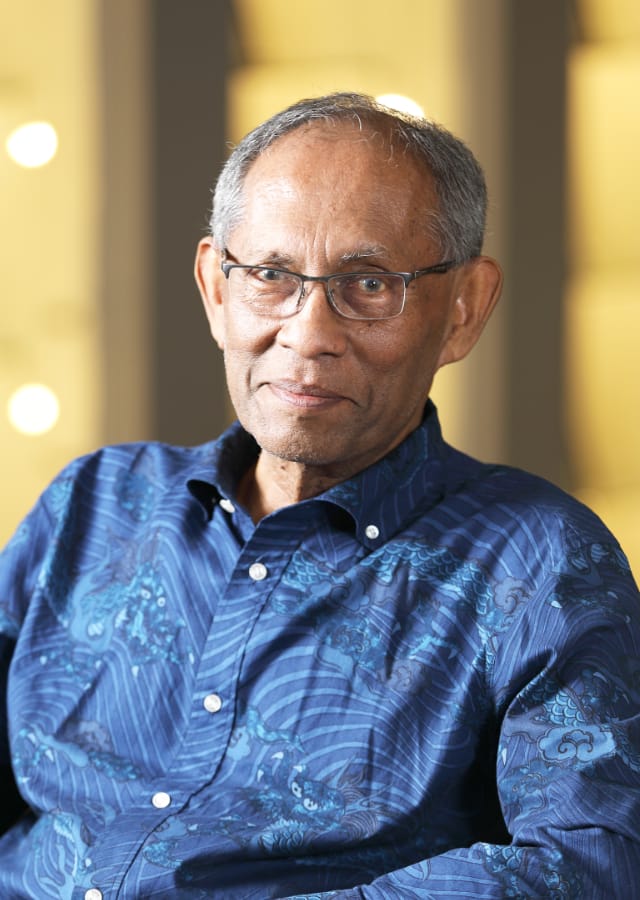
Prof. Chandra Wickramasinghe
Adjunct Professor - Molecular Microbiology and Human Diseases
When Prof Chandra Wickramasinghe started his research into interstellar dust at Cambridge, the composition of interstellar grains (cosmic dust) was regarded as a “done deal”. Astronomers accepted without dissent the 1945 theory of Oort and van de Hulst that interstellar dust grains were dirty ice grains that formed in interstellar clouds. Less than half a dozen astronomers at the time were working on any aspect of interstellar grains worldwide, and modelling interstellar extinction then required tedious light-scattering computations that had to be programmed ab initio. Over the period 1962 to the present Professor Wickramasinghe has worked on almost every aspect of the physics and chemistry of interstellar dust and remains the leading pioneer and expert in this area of astronomy. His work over the decades has contributed to the recognition of dust being of crucial importance in understanding a great variety of astrophysical and cosmological problems.
Professor Wickramasinghe was the first to challenge the Oort van de Hulst theory that ice grains can under interstellar conditions, and together with Fred Hoyle first proposed the theory of carbon grains forming in the outflows of carbon stars (2). They subsequently extended this theory to the formation of silicate grains in the mass flows from cool oxygen rich giant stars (50) and in supernovae (59). Chandra Wickrasinghe worked with P.M. Solomon on the formation of H2 molecules on the surfaces of grains, ideas of grain mantles, and with E.E. Salpeter on the problem of the alignment of grains by magnetic fields (49).
In 1965 together with C. Guillaume (6), Chandra Wickramasinghe showed that graphite grains will have an ultraviolet absorption signature, and this was subsequently shown in the form of the 2175A feature that even now is regarded as evidence of graphite grains.
He modelled the extinction behaviours of mixtures of silicate and graphite grains by programming the Mie and Guttler formulae from first principles, tedoiulsy using early computing devices such as EDSAC2 in Cambridge. Chandra and Fred Hoyle argued for grain models involving mantles of ices on silicate grains, graphite and iron grains (50,61).
Chandra was the first to propose an organic polymer model of interstellar grains based on early infrared observations of interstellar dust (89). Chandra and Fred were the first to attribute the 2175A feature aromatic molecules (124).
Following the observations by D.T. Wickramasinghe of the 3.4 micron absorption in the spectrum of GC-IRS7 Chandra and Fred launched their controversial theory of biologically generated dust in the galaxy. Shortly afterwards they proposed the theory of cometary panspermia, and D.T.W.’s infrared observations of comet P/Halley led to further developments including the theory that comets are the main incubators/amplifiers of microbes in the galaxy. All the later work on comets have showed at least consistency with the theory of cometary biology. By 1986 the concept of astrobiology as a new scientific discipline was nurtured and promoted by Fred Hoyle and Chandra Wickramasinghe, and by 2020 the theory of life as a cosmic phenomenon is fast becoming mainstream in the field of astrobiology.
Prof Wickramasinghe continues to push forward the frontiers of astrobiology in many different directions. An ongoing collaboration with Professor Dhammika Maganarachchi at NIFS involves sending balloon probes into the stratosphere and collect microbiota presumably falling from space.